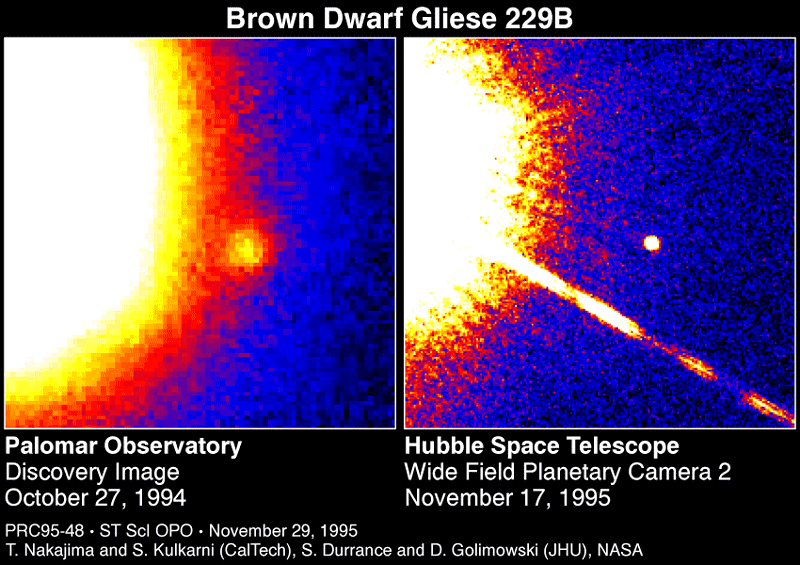
A protostar needs to have about 0.1 Msun to ignite nuclear fusion and make a star, according to the computer models.
These ideas suggest that the same process should sometimes lead to protostars that don't have enough mass to turn into a star.
In fact, since many low mass stars are made, one would expect many wanna-be stars to be formed. A catchy name for them is brown dwarfs.
Where are they? They are not so easy to find. They should glow for a while from the conversion of gravitational potential energy to heat. Then their light output should fade away.
The planet Jupiter is almost an example. Its mass is about 0.001 Msun. Its surface temperature 163 K is low, but it is still warm compared to what would be expected based on the warmth it gets from the Sun.
There is indirect evidence of the existence of brown dwarf objects that comes from a study that looks for the effect such an object would have when it comes between us and a far-away star. (The gravity of the brown dwarf bends the light from the star.) We will learn about this.
There is now some direct evidence from the Hubble Space Telescope. The brown dwarf was first observed from an ground based telescope (left picture) in 1994. It orbits the red dwarf star called Gliese 229 about 6 pc from us. The brown dwarf it called Gliese 229B. The second picture is from the Hubble Space Telescope, taken in red light, with the star Gliese 229 blocked out.

The astronomers doing this study estimate that the mass of the brown dwarf is about 0.02 to 0.05 Msun. The distance from the brown dwarf to the star is roughly the distance from Pluto to the Sun. The surface temperature of the brown dwarf is estimated be less than 1000 K. The spectrum of light from the brown dwarf indicates the presence of methane (which is also prominent in the spectrum of light from Jupiter.
Davison E. Soper, Institute of Theoretical Science, University of Oregon, Eugene OR 97403 USA soper@bovine.uoregon.edu